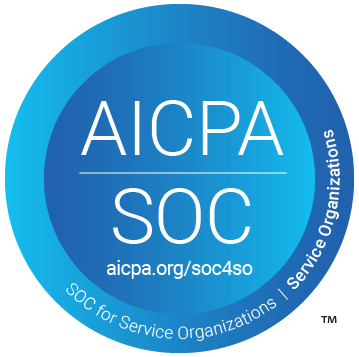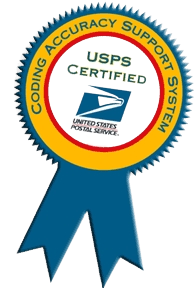What is Delivery Point Validation (DPV) & Why it’s Important
Delivery Point Validation (DPV) confirms that an address actually exists and can be delivered to – right down to the apartment or suite number.
Instead of validating an address is correctly formatted and within a valid range of addresses in the USPS data file, Delivery Point Validation (DPV) confirms that an address actually exists and can be delivered to – right down to the apartment or suite number.
DPV is important because nonexistent addresses cost companies’ money through:
- Waste, manpower and processing time associated with returned mail and packages
- Dissatisfied customers that had to wait too long for their anticipated delivery
- Manual address correction by contacting customers personally
- Analytics and business decisions based on inaccurate data
How Delivery Point Validation (DPV) Makes a Difference
Let’s look at how DPV makes a difference in a real-world example. Let’s select an address on a street I am familiar with and use a house number that I know is invalid…because I actually live on this street.
When we type the address 950 Aleppo, Newport Beach, CA 92660 into Melissa’s address verification engine it returns the following:

Try it yourself below. The reason it is not verified is that the Melissa address engine tries to match the input address against the USPS DPV file to confirm the address is valid and deliverable. It isn’t.
What About the Other Vendors?
Other vendors may or may not utilize a CASS/DPV certified address engine to perform address validation. Here’s one vendor that assumes the address is valid because it is within the acceptable address range for the street. But, clearly DPV is not integrated into their engine. This is not optimal, because it allows bad data to enter your systems as point of entry. This can cause a bunch of down-line costs per the 1-10-100 Rule, which posits it takes $1 per record to clean data at point of entry, $10 per to cleanse and update during batch processes, and $100 if nothing is done.

What About Google?
And, this is exactly what Google does as well.

Google Maps doesn’t verify an address is actually deliverable, it will simply display an approximation of the address on the map – even a photo of the non-existent area the house should be located at...if it existed. We won’t be too hard on Google because they don’t purport to be an address verification company.
The Evidence...
Let’s go to photographic evidence to confirm that 950 Aleppo, Newport Beach, CA 92600 really doesn’t exist. A closer inspection of the cul-de-sac where this street ends clearly indicates address markers 926 and 927 painted on the curb to assist emergency vehicles. Though obscured by a truck, 930 Aleppo is nestled in between, and is the last house on the street. Because the valid street range is 700s-900s, anything from 700-999 will be confirmed by vendors utilizing not utilizing DPV validation.

Surprisingly, even the UPS address validator tool reassures the user that the addresses is correct, when clearly it is not.

Expertise and USPS mail compliance, including utilizing a CASS/DPV certified solution for address validation are important as they eliminate all doubt that an address exists and that a recipient can be reached with your correspondence or delivery. Knowing that an addresses exists down to the suite/apartment number helps reduce mailing, postage and printing costs, lost opportunities to connect, and customer dissatisfaction due to delayed or returned shipments.









